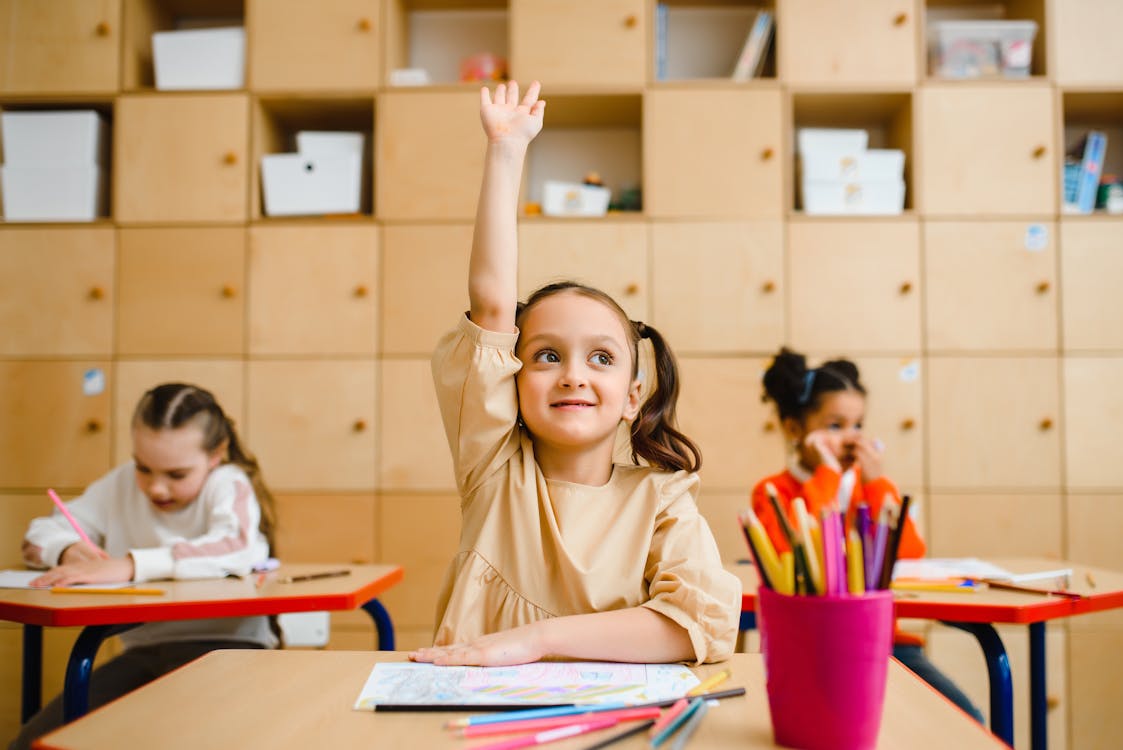The Benefits Of Mixed-Age Classrooms In Montessori Schools
The Magic of Mixed-Age: Why Montessori Kids Thrive in Multi-Generational Classrooms
Remember those childhood days when you were surrounded by a diverse group of friends, each with their own unique skills and perspectives? That sense of community and shared learning is at the heart of Montessori education, and it’s all thanks to their signature mixed-age classrooms.
Now, I know what you’re thinking: "Mixed-age classrooms? Won’t the older kids bully the younger ones? And what about the learning gaps?" Trust me, I had the same questions when I first heard about it. But after seeing it in action and researching the benefits, I’m a total convert.
So, let’s dive into the fascinating world of mixed-age Montessori classrooms and discover why this seemingly unconventional approach is actually a recipe for success.
Busting the Myths: Why Mixed-Age Classrooms Work
First, let’s address those common misconceptions. The idea that older kids will pick on younger ones is a fallacy. In fact, studies have shown that mixed-age classrooms foster a sense of responsibility and empathy in older children. They become natural mentors, guiding their younger classmates and developing their leadership skills.
And what about learning gaps? Well, Montessori is all about individual learning, so children progress at their own pace. This means that a mixed-age classroom is not a one-size-fits-all approach. Instead, it caters to the unique needs of each child, allowing them to excel at their own pace and on their own terms.
The Benefits of Mixed-Age Learning: A Symphony of Growth
Now, let’s get into the real magic of mixed-age classrooms. Here are just a few of the incredible benefits:
1. Fostering Social-Emotional Intelligence:
Imagine a classroom where children of different ages interact, collaborate, and learn from each other. This constant exposure to diverse perspectives and age groups helps kids develop their social skills, empathy, and emotional intelligence. They learn to communicate effectively, resolve conflicts peacefully, and understand the needs of others.

2. Building Confidence and Self-Esteem:
In a mixed-age classroom, children see themselves as part of a larger community. This sense of belonging and shared purpose boosts their confidence and self-esteem. They learn to take ownership of their learning and become active participants in the classroom environment.
3. Cultivating Natural Leadership:
Older children in mixed-age classrooms naturally step into leadership roles. They become mentors, helping younger children with tasks and offering guidance. This not only develops their leadership skills but also fosters a sense of responsibility and community within the classroom.
4. Promoting Independence and Self-Reliance:
Montessori classrooms are designed to empower children to learn independently. In a mixed-age setting, children observe older students and learn from their example. This fosters a sense of independence and self-reliance, allowing children to take ownership of their learning journey.
5. Enhancing Creativity and Problem-Solving:
Mixed-age classrooms are a melting pot of ideas and perspectives. Children learn from each other’s strengths and weaknesses, encouraging creativity and critical thinking. They learn to approach problems from multiple angles and develop innovative solutions.
6. Building a Sense of Community:
The shared experience of learning in a mixed-age classroom creates a strong sense of community. Children develop bonds with their classmates, regardless of age. This fosters a supportive and inclusive environment where everyone feels valued and respected.
7. Developing a Love for Learning:
When children are surrounded by a diverse group of peers who are passionate about learning, they are more likely to develop a love for learning themselves. They are exposed to different interests and perspectives, sparking their curiosity and igniting their desire to explore new ideas.
The Power of Observation: How Mixed-Age Classrooms Work in Practice
One of the most fascinating aspects of Montessori mixed-age classrooms is the emphasis on observation. Teachers carefully observe the progress of each child, tailoring their instruction to meet individual needs.
This personalized approach allows children to learn at their own pace, ensuring that no one is left behind. The teacher acts as a guide, providing support and encouragement, while allowing children to explore their interests and develop their unique talents.
Real-World Examples: The Impact of Mixed-Age Classrooms
The benefits of mixed-age classrooms are not just theoretical. Numerous studies have shown the positive impact of this approach on children’s development.
For example, a study published in the journal "Early Childhood Education Journal" found that children in mixed-age classrooms showed higher levels of social competence, prosocial behavior, and empathy compared to their peers in single-age classrooms.
Another study, published in the "Journal of Educational Psychology," found that children in mixed-age classrooms demonstrated greater academic achievement, particularly in areas like reading and math.
